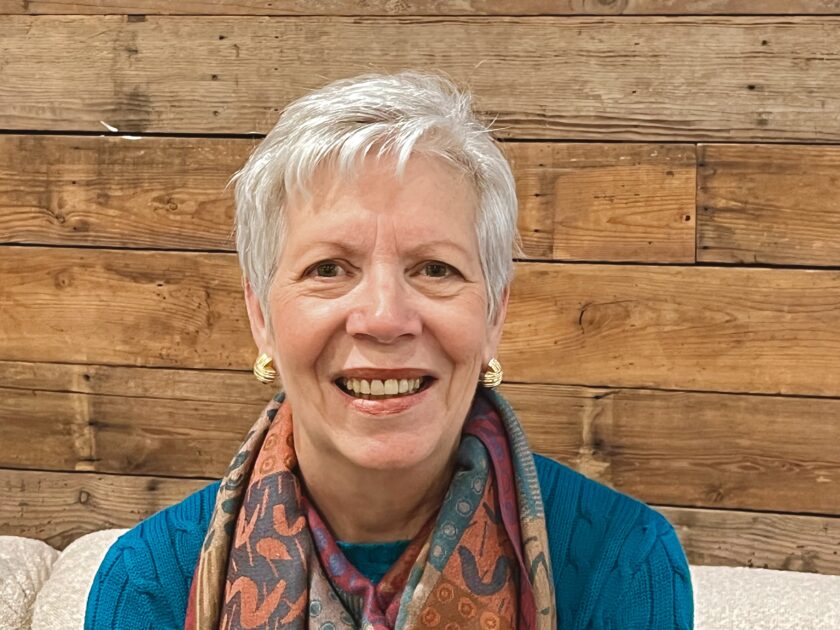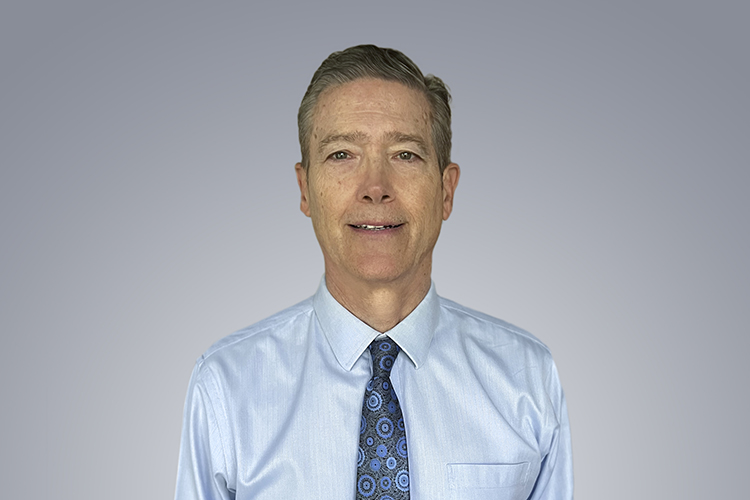A lot goes into the branding experience. From top to bottom, you have to consider every detail, every potential opportunity for brand visibility and creating a consistent message for the end-user. The word “experience” is really the key here. Yes, giveaway items can make that brand impression last longer. But in the moment, creating a “wow factor” design turns a promotional opportunity into a memory that will always be associated with your client’s brand.
Wide-format printing is one piece of that puzzle. Think about a branded experience that you’ve either been a part of or simply saw as an end-user. There are “ground-level” pieces like giveaway items and movable objects to add dimension, but the printed pieces create the backdrop or set design. It’s what transports the end-user into this specific world.
Huge Opportunities, Tight Turnarounds
Gary Schellerer, vice president and partner for ER2 Image Group in Hanover Park, IL, knows a thing or two about going big. His company specializes in these larger-than-life displays for movie premieres, retail experiences that double as interactive and whimsical displays, and even the biggest game in professional football.
While Schellerer comes from the “traditional” print world, he says that creating these immersive displays requires anything but traditional thinking.
“People are looking at things that they don’t commonly see in an environment,” he says. “So we do things like printing on concrete or printing and wrapping buildings.”
He remembers one case study for the movie The Mitchells vs. The Machines, where ER2 was tasked with turning two gas stations – one in New York and one in Los Angeles – into a drive-through where the characters popped out.
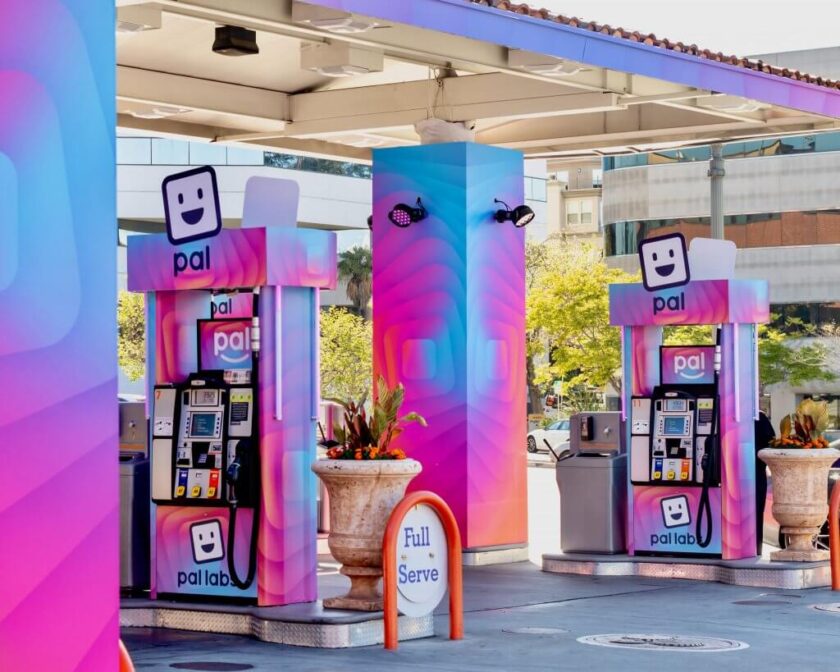
“The challenge was that we had to have those both converted and done overnight basically, in both sides of the United States, 2,700 miles away from each other,” he says. “I think the hardest part about that type of business is that if it’s a second late, they throw it out.”
It’s true. When you’re working with an event like this, there’s no accept[1]able late delivery. It’s either there for the exhibit or it’s not. Part of the appeal is almost its fleeting nature. If you missed the event, you missed it. Schellerer says that if you’re late for a delivery, many customers won’t pay and will never work with you again. There isn’t a lot of room for second chances in this side of print. They’re meant to be enjoyed in the moment and live on through memories rather than lasting brand visibility.
“Take some pictures, and it’s gone,” he says. “It’s got to be perfect. It’s got to be on time.”
Schellerer says it can be the most stressful work his company does, but the satisfaction of pulling it off and the creativity that goes into it makes it some of the most rewarding work, too.
“When you see an event like that pop and go well, and you realize that what you’ve done can’t be done by a lot of companies in the United States, it’s a proud feeling,” he says. “It’s fun. There are a lot of print jobs that might not lend themselves to fun.”
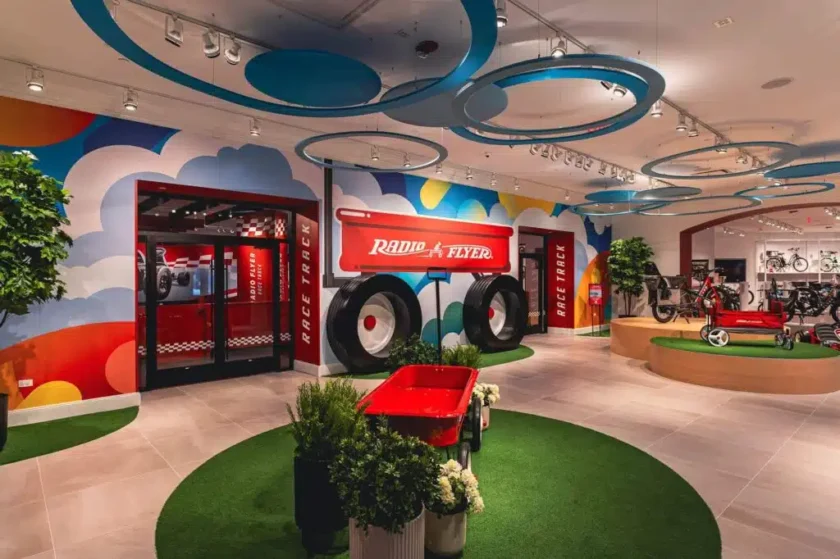
Understand the Medium
Unlike print jobs where the product is simply printed on paper, an immersive experience using wide-format printing involves more variables, as Schellerer says.
Kevin Walsh, president of Counselor Top 40 supplier and Print & Promo Marketing Top Print Supplier Showdown Displays (asi/87188), cautions printers looking to work in this space to approach each job with an open mind and fully understand the application before going further and firing up the printers.
“Understanding the space that you have to execute in is the most important function,” he says. “In fact, we spend a lot of our time with our team trying to diagnose first how big the space will be and whether or not this is indoor or outdoor, because the difference between those two are significant in terms of what types of weights and products you need.”
Walsh and his team also determine if they need power for displays, the availability of electricity and other considerations. When you’ve figured out specifics like the environment, you can start looking at solutions to achieve what the customer wants, which brings up a new set of questions.
“Understanding the space that you have to execute in is the most important function.”
Kevin Walsh, Showdown Displays (asi/87188)
“Is this a space that you want them to come in and be enveloped with, or is it one that you expect people to walk through or is it more of an airport display, where they’re passing by and you create some type of messaging or energy from just that walk-by?” he says.
For something where the attendees will walk through or walk past, Walsh says that flexible fabric displays using simple tubular assembly can make for quick setup and easy disassembly when the event is over.
“We have another product that we call the Journey,” he says. “It’s an SEG (Silicone Edge Graphics) display, which is modular, and you can continue to add on walls and doors. It’s much more of a trade show booth of sorts, but this also allows for temporary retail.”
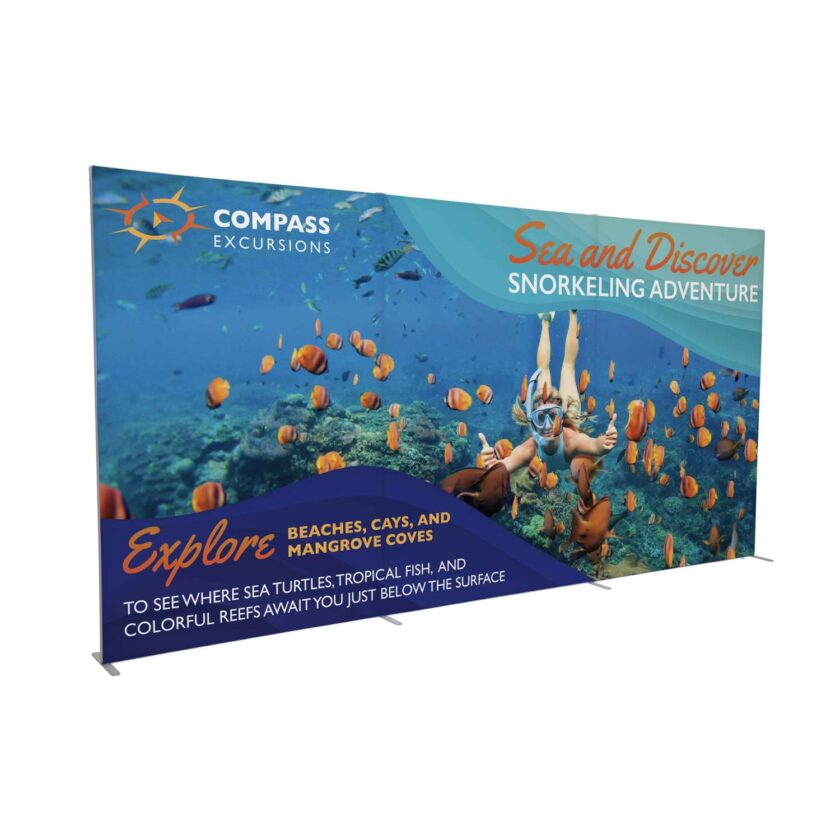
He likens it to the chiropractor display in an airport where they set up shop in the middle of the walkways – something meant to be fixed in place, but not permanent.
“You can take it with you, and then set it up in a different spot,” he says.
Getting Into Wide-Format
Linda Fox, owner of SpeedCo, found wide-format printing while she was looking to get into the print sector, and the creative potential appealed to her.
“The moment I learned about it, I was immediately excited,” she says. “I’ve always been fascinated with color and graphics, although I had no experience, but it felt like the right fit.”
She purchased an existing print studio, but the COVID-19 pandemic decimated her client list, and she essentially started from scratch. Her story of growing from there is full of lessons that printers looking to get into wide-format or promotional products distributors enticed by the idea of this new creative endeavor can take away – even if they’re not transforming gas stations into movie premieres or printing beer ads on the sides of buildings.
“We do a wide range of products – yard signs for schools and teams, banners and backdrops for events, wall and floor graphics for businesses, and standees or rigid signage for branding,” Fox says. “Our main customers are schools, event planners, corporate clients and small businesses who want to make a bold visual impact.”
For Fox, she’s taken her wide-format business and expanded into promo, creating the all-encompassing display and immersive experience and handling every bit herself.
“So many of my clients were already coming to me for events,” she says. “They’d ask if I could also provide the custom pieces that go along with those events – things like awards, lanyards, tote bags, napkins, cups and more. I saw the opportunity to make us a true one-stop shop for their branded needs. If we’re already producing the signage, backdrops or displays, it just makes sense to also provide the branded products that tie everything together. It not only makes it easier for clients but it also deepens our relationships because they know they can rely on us for their entire event or campaign, big or small.”
Growth in print doesn’t happen overnight (even if wide-format displays are installed that quickly.) It’s a true case of eating the elephant one bite at a time. “Start small and work your way up,” Schellerer says. “These purchasers are very educated. They know what to look for in a partner. They’re looking for reputation in a lot of cases. So, you have to build on your reputation little by little. Start with some corporate events and then move yourself up in that. And then, usually, you’ll find that our industry is not that big. Once you get into that circle and your brand becomes known for doing that type of work, your name gets passed around pretty quickly and people know you.”
Fox also advises those new to print entirely to lean on a contract printer or print supplier first before investing in too much equipment.
“Work with a wholesale printer or trade partner to test the waters and see what products resonate with your clients,” she says. “If you do want to invest, understand that wide-format isn’t just about buying a printer – it’s also about space, finishing equipment, materials and skilled staff. The common path I would think is start outsourcing, build sales volume, invest in a smaller hybrid printer and grow into more advanced equipment as demand scales.”

